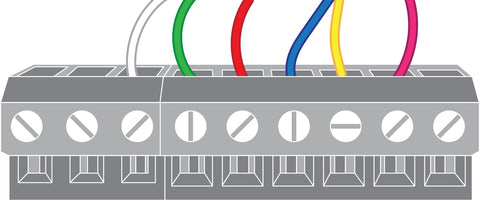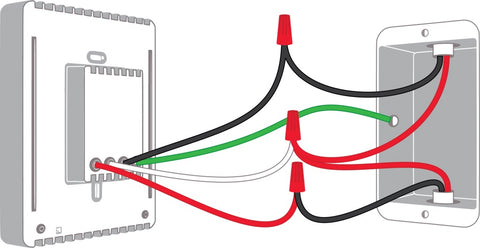Home automation systems typically have three components: the virtual assistant (the AI that converses with you), the speaker (hardware), and the phone app (where you control your devices). Each system has its own instructions for pairing devices, as well as the ability to set up an automation “flow” that performs a series of actions.
Keep in mind all home automation products use bandwidth, so no matter which type of home automation system you choose, it is important to assess your current connectivity and network speed. Before starting, you will need to make sure the tablet or smartphone you are using is connected to the same Wi-Fi network as your home automation hub, and that the device you are adding is powered on.
Amazon Alexa Ecosystem
Virtual Assistant: Alexa
Speaker: Amazon Echo
App: Amazon Alexa for iOS, Android, and Google Play
Alexa is Amazon’s virtual assistant, designed to answer questions, play music, read news, “talk” to your other devices, and more. Alexa is an industry leader, and with more than 7,000 third-party smart devices supported, it won’t be hard to find accessories that work with this option.
To ensure a device works with Alexa, be sure to look for “Works with Alexa” in the product description of the gadget you intend to buy. Once the two devices are connected to Wi-Fi, simply tap 'Add Device' from the Alexa app and it will pair them together. You can also use your voice to ask Alexa to discover new devices.
Alexa’s Routines feature makes it easy to automate a flow of actions across devices so they work together. For instance, you can create a group called “Upstairs lights” that will turn all the lights on and off simultaneously.
Google Assistant Ecosystem
Virtual Assistant: Google Assistant
Speaker: Google Home
App: Google Assistant for iOS, Android, and Google Play
Google Assistant is built into Android phones, making it a seamless experience for Android users. Assistant can play music, get weather updates, take calls, and control your other devices through the Google Home app. It can also answer almost any question because the technology is powered by the sophisticated algorithms behind Google search.
There are plenty of third-party devices that are compatible with Google Home/Assistant. Look at the label for devices that “Work with Google.” To sync devices with Google Assistant, make sure they are both connected to the same Wi-Fi network. Then open the app, tap “Home Control,” and select the device you want to pair. Similar to Alexa’s Routines, you can create action flows in Google Home using the Actions feature, which groups connected devices to work together simultaneously.
Apple HomeKit Ecosystem
Virtual Assistant: Siri
Speaker: HomePod
App: Home for iOS
HomeKit is powered by Siri, the familiar iPhone assistant. HomeKit has less compatible gadgets available than its competitors, partly because Apple’s encryption has made it closed to developers until recently. The extra encryption is a bonus for those concerned with privacy, but users report that it can be a headache to set up.
HomeKit has a Rooms feature that allows you to group devices by room, while the Automation feature allows you to create a flow of commands - for instance, turning on the lights and playing music at the same time.
To sync devices with Apple HomeKit, open the app and click the plus sign to add a new accessory. You’ll need to scan the device’s QR code or enter it manually. Because of Apple’s encryption, it’s especially important to make sure the device you choose is HomeKit compatible.
Article contributed by Jennifer Karami of Redfin.





